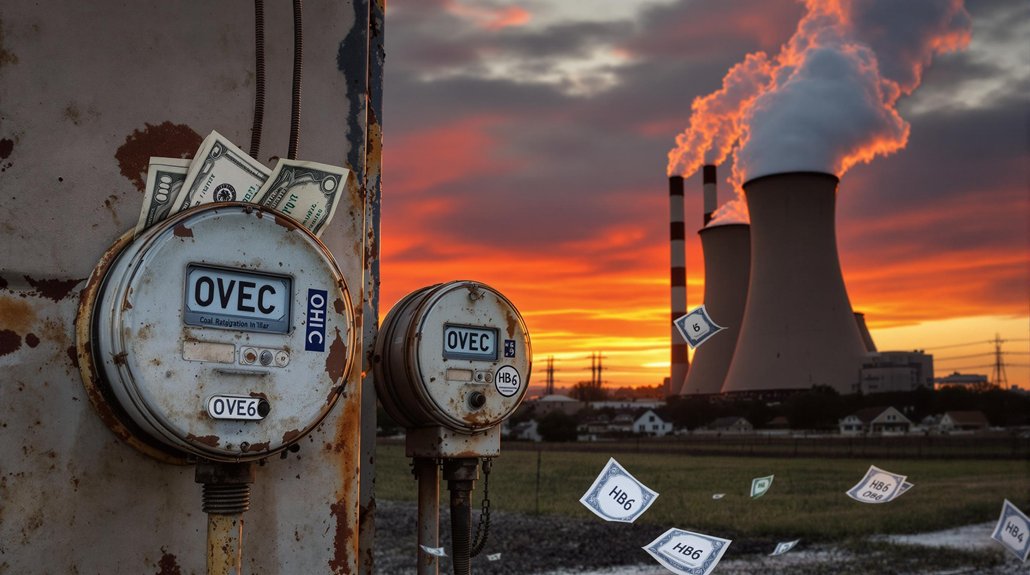Global powers are intensifying competition for critical minerals needed for clean energy. China leads, controlling 30% of global mining production, while the US and Russia pursue aggressive strategies to secure resources. This rush has severe consequences, with local communities suffering from pollution, displacement, and labor exploitation. Countries need $1.7 trillion in mining investment to meet climate goals, but environmental damage and human rights concerns often go unaddressed. The stakes couldn’t be higher.
As the world races toward a clean energy future, global powers are engaged in an intensifying competition for critical minerals. China leads this race, producing 30 of the 50 critical minerals listed by the US and accounting for nearly 30% of global mining production. China’s control extends to 40-50% of cobalt production in the Democratic Republic of Congo, where many workers, including children, face dangerous conditions.
The new colonial race isn’t for land, but for the minerals powering our green revolution—with China firmly in the lead.
The United States is fighting to catch up. Once responsible for 30% of global mining by 1900, the US now invokes wartime powers to boost production. The Inflation Reduction Act and CHIPS Act aim to reduce China’s influence over critical minerals needed for clean energy and defense. America’s estimated natural resources value of $45 trillion includes significant deposits of uranium, bauxite, and other strategic minerals. This mineral wealth represents a crucial reservoir of power that underpins America’s military and industrial capabilities.
Russia has joined this resource war by seizing mineral-rich areas in Ukraine. These territories contain valuable coal, iron ore, and lithium deposits. Through the Wagner Group, Russia has also expanded its mining operations across Africa. The country sits on natural resources worth $75 trillion, including the world’s largest natural gas reserves.
This competition is driven by staggering demand. Experts estimate 3 billion tons of minerals will be needed to achieve net-zero emissions by 2050. Demand for graphite, lithium, and cobalt could increase fivefold, requiring $1.7 trillion in global mining investment. Biomass energy could provide an alternative pathway, creating rural employment while reducing dependence on critical minerals for energy storage.
The environmental and human costs are severe. Mining these minerals could increase greenhouse gas emissions by 50-100% annually. Local communities often see little benefit while bearing the heaviest burdens of pollution and displacement.
Smaller nations find themselves caught between competing powers, forced to balance foreign investment against exploitation risks. Meanwhile, a wave of resource nationalism is spreading globally as countries recognize the strategic value of their mineral wealth.
As renewable technologies drive unprecedented demand for minerals, the challenge remains to create supply chains that are reliable, sustainable, and fair to local populations. Without transparency and accountability, the clean energy shift risks replicating colonial patterns of resource extraction.









